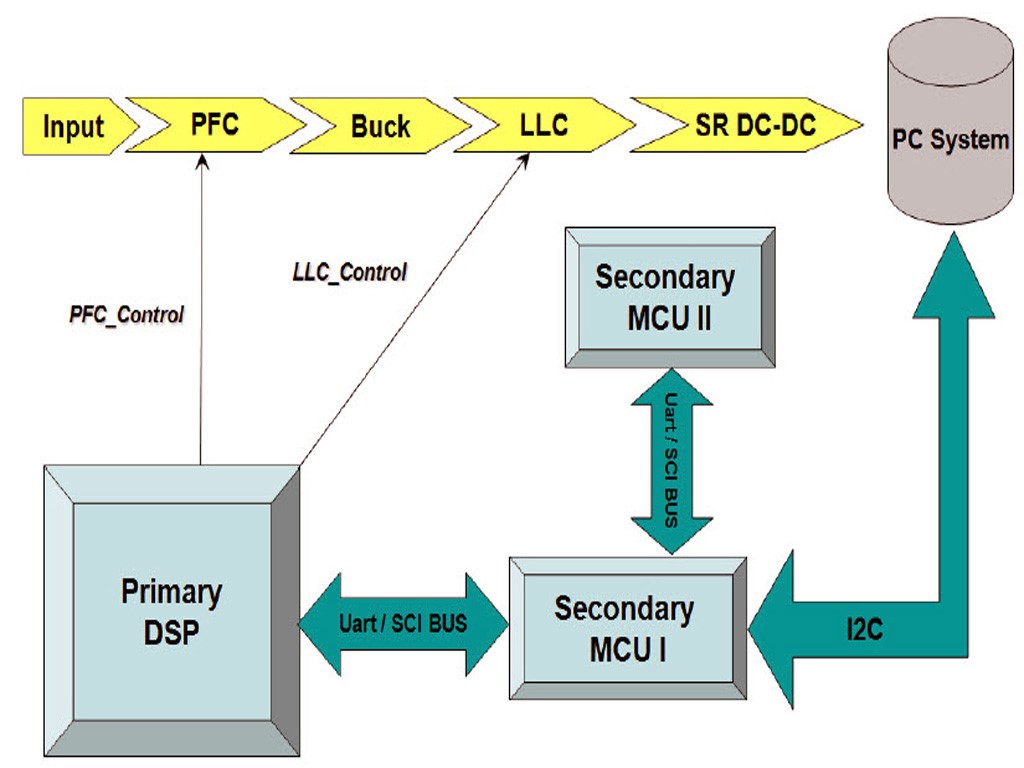PSUs 101: A Detailed Look Into Power Supplies
The objective of this article is to provide detailed information about the most crucial part of a personal computer (PC) system, its power supply unit. Follow us on this journey into PSU territory and we promise that you will gain valuable knowledge.
Digitally Controlled PSUs
Several PSU manufacturers recently started using digital control circuits alongside analog circuits in their implementations. The crucial advantages of digital controllers are, first, their ability to consider many more factors, and second, the increased speeds at which all data is processed. They are able to provide very high performance with increased efficiency levels and almost perfect load regulation, as well as low ripple levels. In addition, it's possible to adjust the voltage levels on the rails that are digitally controlled.
Another crucial benefit of digital control circuits is that they easily allow the monitoring and control of the PSU through software. So far, the unit with the highest overall performance score on our charts is a digital PSU, which clearly shows the performance improvement over PSUs that use analog circuits. Nonetheless, analog circuits will continue to be used in PSUs for quite a long time, as they have proven to be reliable and, more important, their cost is significantly lower. And with all of the knowledge gathered so far, analog circuits can still offer high performance levels.
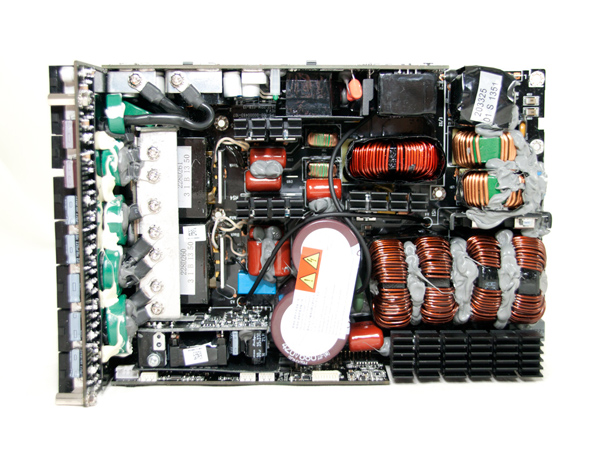
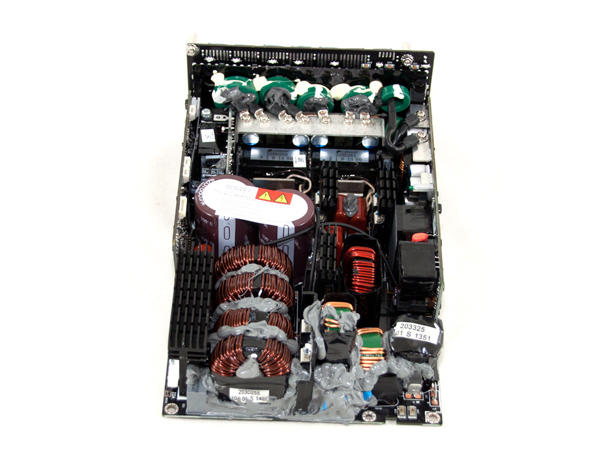
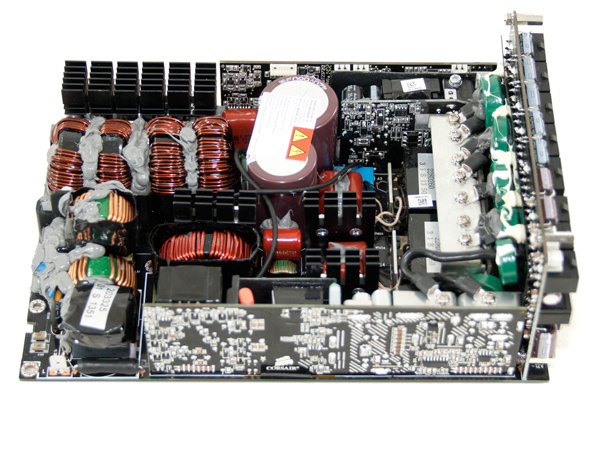
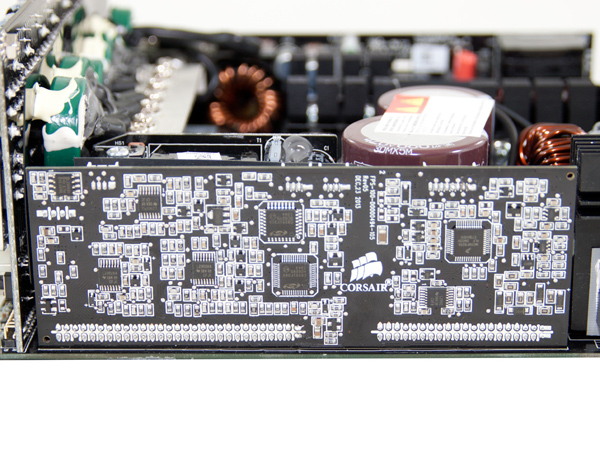
The PCB and the control PCB of the Corsair AX1500i.
Currently, there are no purely digital PSU platforms available. Even in the most advanced implementations, some parts (like the 5VSB regulation circuit, the DC-DC converters that generate the minor rails or the APFC stage) are still controlled by analog circuits. As the use of digital circuits becomes more common among PSU manufacturers, however, we believe that fully digital units will become available, offering new levels of performance under all conditions.
Through their software interfaces, digital PSUs also provide lots of useful information on the function and performance of PSUs, along with interesting control options. We will have to wait until this technology matures and the production lines adopt digital circuits on a wider scale to see the prices of digital PSUs at more reasonable levels.
Before we end this section, we would like to stress that all digital PSUs use, and will continue to use, the topologies mentioned in the previous section. The only thing that will change is that the control will be done by processors and not by analog controllers.
In the above scheme, the block diagram of the Corsair AX1200i digital unit is depicted. As you can see, in addition to the primary digital signal processor, there are two secondary microcontrollers (MCUs), with one of them handling the communications interface and the other controlling various circuits in the PSU's secondary side.
Get Tom's Hardware's best news and in-depth reviews, straight to your inbox.

Aris Mpitziopoulos is a contributing editor at Tom's Hardware, covering PSUs.
